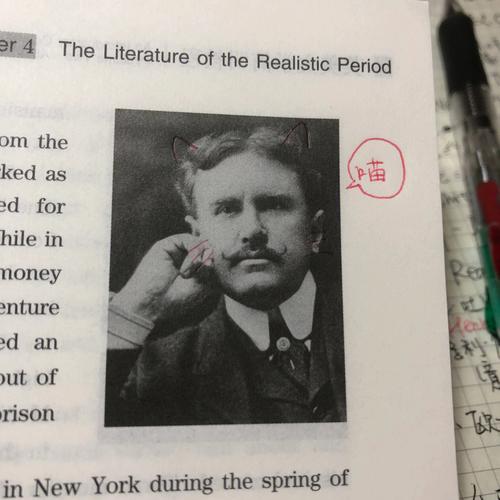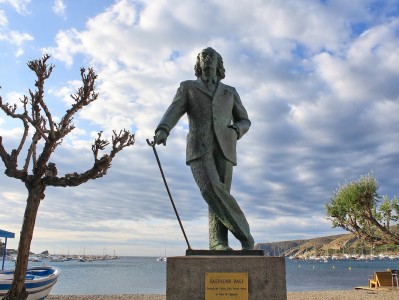美国文学名词解释题
Exploring Key Concepts in American Literature
American literature is a rich tapestry woven from diverse cultural threads, historical influences, and literary movements. To navigate this vast landscape, it's crucial to grasp key terms and concepts that shape the understanding and appreciation of American literary works. Let's delve into some essential terms:
1. Puritanism:
Definition:
Puritanism emerged in the 16th and 17th centuries as a religious movement among English Protestants who sought to "purify" the Church of England from perceived Roman Catholic influences. In literature, Puritanism emphasizes plainness, simplicity, and a focus on religious themes, often seen in sermons, diaries, and poetry.Guiding Perspective:
Understanding Puritanism provides insight into early American literature's moral and religious foundations, including works like Anne Bradstreet's poetry and the captivity narratives of Mary Rowlandson.2. Transcendentalism:

Definition:
Transcendentalism emerged in the 19th century as a philosophical and literary movement, emphasizing the inherent goodness of people and nature, individual intuition, and the importance of selfreliance. Prominent figures include Ralph Waldo Emerson and Henry David Thoreau.Guiding Perspective:
Exploring Transcendentalism sheds light on American literature's exploration of individualism, spirituality, and the relationship between humanity and the natural world, evident in works like Emerson's essays and Thoreau's "Walden."3. Realism:
Definition:
Realism, predominant in the late 19th century, sought to depict everyday life and its struggles with accuracy and detail, often focusing on the middle class. Writers like Mark Twain and William Dean Howells embraced realism, presenting characters and situations rooted in the reality of their time.Guiding Perspective:
Studying realism offers insights into American literature's engagement with social issues, class dynamics, and the evolving American identity, as seen in Twain's "The Adventures of Huckleberry Finn" and Howells' novels.4. Modernism:
Definition:
Modernism emerged in the early 20th century, characterized by a break from traditional forms and styles, experimentation with narrative techniques, and a focus on themes of alienation, fragmentation, and disillusionment. Writers such as T.S. Eliot, F. Scott Fitzgerald, and Ernest Hemingway are key figures of this movement.Guiding Perspective:
Examining modernism illuminates American literature's response to the tumultuous changes of the 20th century, including war, urbanization, and technological advancements, as reflected in Eliot's poetry, Fitzgerald's "The Great Gatsby," and Hemingway's works.5. Harlem Renaissance:
Definition:
The Harlem Renaissance was a cultural and intellectual movement that flourished in the 1920s and 1930s, primarily among African American artists, writers, musicians, and intellectuals in Harlem, New York. It celebrated African American culture and identity, producing notable works by writers like Langston Hughes, Zora Neale Hurston, and Claude McKay.Guiding Perspective:
Exploring the Harlem Renaissance provides insights into American literature's engagement with race, identity, and the quest for equality, as seen in Hughes' poetry, Hurston's novels, and McKay's "Home to Harlem."6. Postmodernism:
Definition:
Postmodernism emerged in the mid20th century as a response to modernism, characterized by skepticism, irony, selfreferentiality, and a blurring of traditional boundaries between high and low culture. Writers such as Thomas Pynchon, Toni Morrison, and Don DeLillo exemplify postmodernist tendencies.Guiding Perspective:
Investigating postmodernism reveals American literature's exploration of the complexities of language, identity, and the fractured nature of contemporary society, evident in Pynchon's "The Crying of Lot 49," Morrison's "Beloved," and DeLillo's "White Noise."Conclusion:
American literature encompasses a vast array of themes, styles, and movements, each contributing to a deeper understanding of the American experience. By familiarizing oneself with key concepts like Puritanism, Transcendentalism, Realism, Modernism, the Harlem Renaissance, and Postmodernism, readers can navigate this diverse literary landscape with greater insight and appreciation.





